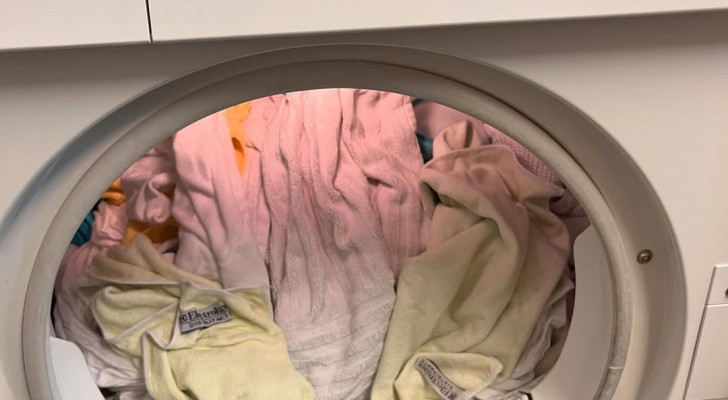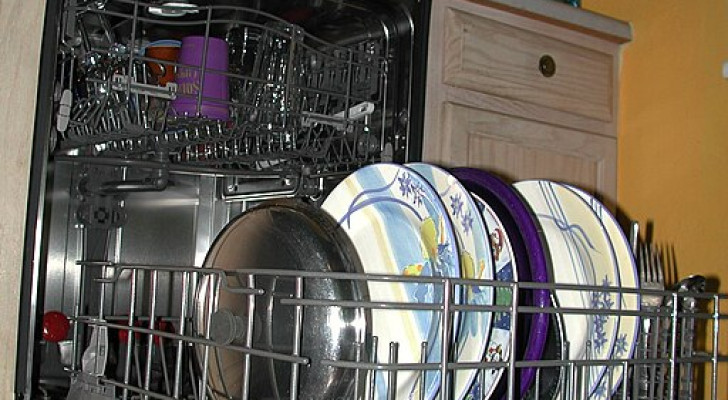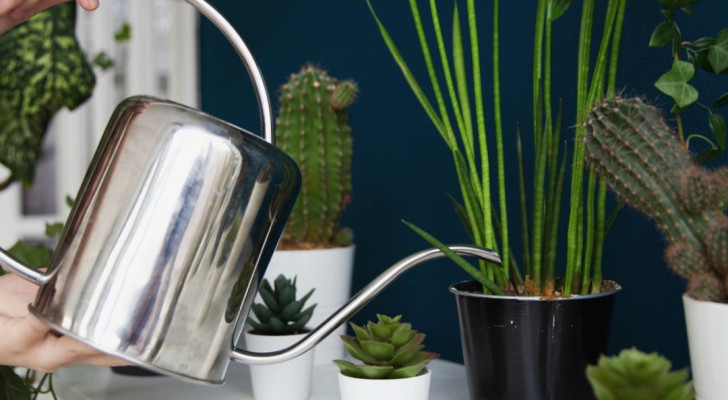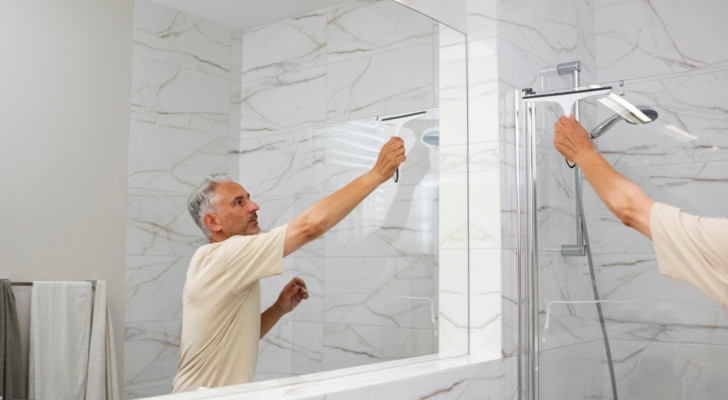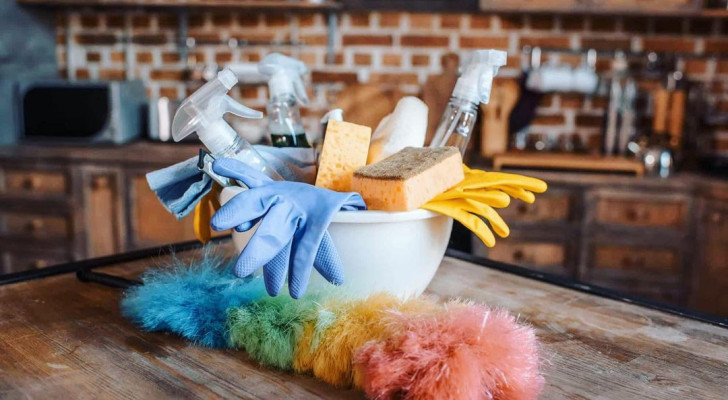The Boundary Method: the secret to keeping your home neat and tidy is setting up boundaries
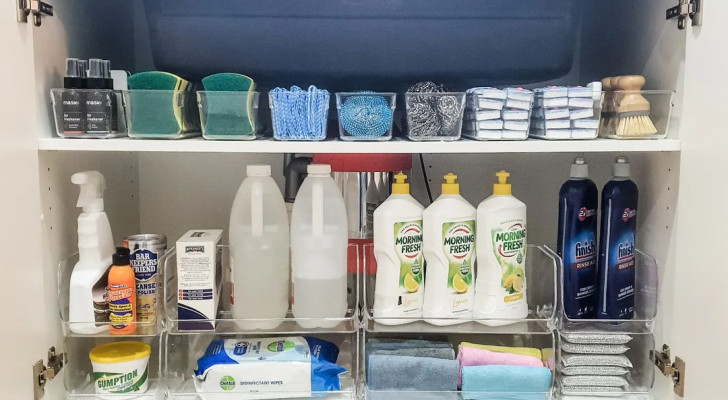
Keeping the house clean and tidy is a task that overwhelms many of us: over time, mess builds up and space runs out for all our possessions. In these cases, you may need to do more than just simply ensuring you "put things away in their proper place".
In this article, we outline an effective tidying up, decluttering technique you can use for your home, aptly named the Boundary Method. Read on to find out more:
What is the Boundary method?
The Boundary Method does exactly what it says: it establishes boundaries within which only a limited number of objects from certain categories can be placed.
Over time, you may have bought a lot of items you don't actually need and/or have inadvertantly bought the same item numerous times over (when the original goes missing, only to turn up again later).
The Boundary Method can come to your aid here: this method encourages you to set up containers (or bounded containing areas) into which all the items you want to keep must fit. Everything else will have to go: superfluous items can be sold, given away or thrown out. A drawer, a coat rack, a closet, a toy chest, a bookcase: there are many storage areas/items that can serve as a "bounded container" (hereafter simply refered to as "a container"), each destined to become the "guardian" for a particular category of item.
Below, we describe how to execute this method, step-by-step:
How to put the Boundary Method into practice
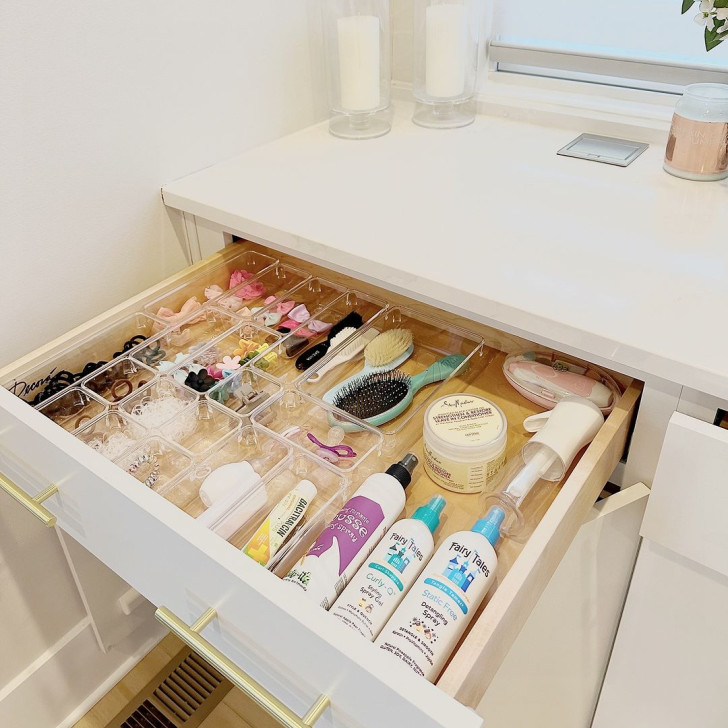
- To get started, set aside enough time to carry out this chore in one go - perhaps on a free day when you know you will be at home alone and undisturbed. Make your work easier and more enjoyable by putting on your favorite music and having a cup (or two!) of your favorite beverage as you labor;
- Work on just one category of items at a time, deciding on a single spot where you will store them and choosing suitable storage containers. For containers, you can simply use your existing furniture - perhaps using dividers or smaller containers placed inside to make everything look neater. An example of what you're aiming for is similar to a cutlerly drawer: the cutlery is divided up by "category" (knives, forks, spoons) and kept seperate from each other with drawer dividers;
- Now, gather up all the items of a specific category, putting them in a pile on a table or on the floor. Make sure you do this task thoroughly, searching all rooms of your house for the categorised item (so that you don't have to repeat the operation twice!). Once done, clean and sanitize the container which you will use to store all these items in/on - a spray bottle with a mixture of water and vinegar will suffice;
- And now for the hardest part: sorting out all the items in the category you're working on. Unlike all other methods, the Boundary Method focuses on what you want to keep rather than on what you want/need to throw away, making this task somewhat easier. Start by placing these items in the container in order of importance, giving priority to those you are most fond of and those you use most frequently until the container is full. This way, it will be easier to select the objects you want to keep (and those you need to get rid of). If you're struggling with this selection process, ask yourself these questions: Is this item still useable? Do I have other similar or identical objects in the home? Do I really need this? The answers to these questions will help you determine what items you no longer need.
- Place all the items you have chosen to keep inside/onto their container, making sure they are visible and easily accessible. Then, decide what to do with all the items you've discarded (sell, give away, donate or trash).
Benefits of using the Boundary Method
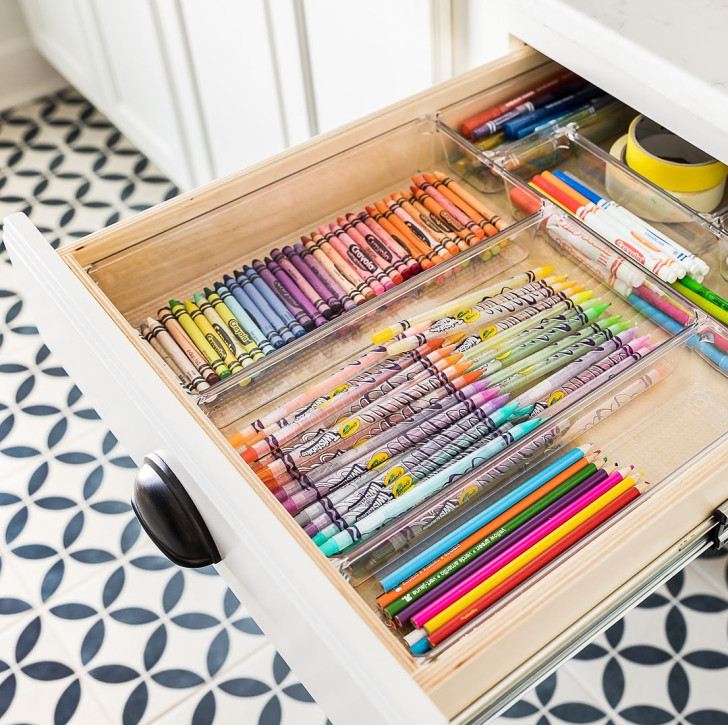
This method to tidying up has many useful benefits:
- Routine tidying up will now be a simple and quick operation - as will maintaining order - now that each item category has only one place where it is stored;
- You will no longer inadvertently buy duplicates of items that you already own, because you will always know where to find them. Additionally, you'll be "protected" from impluse-buying as you will always be aware of the capacity of each of your category containers;
- You will always have all your items in view and it will be much easier and quicker to find them when you need them;
- Your home will be neater and tidier in the long term, with notable benefits for your psychophysical well-being.
Now that you understand how the Boundary Method works, you can get cracking tidying up your home!
